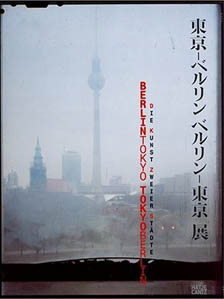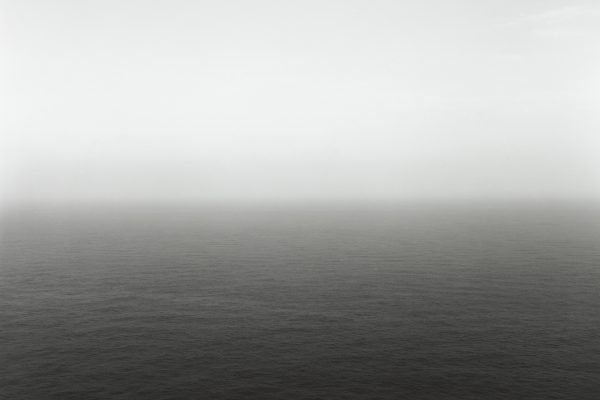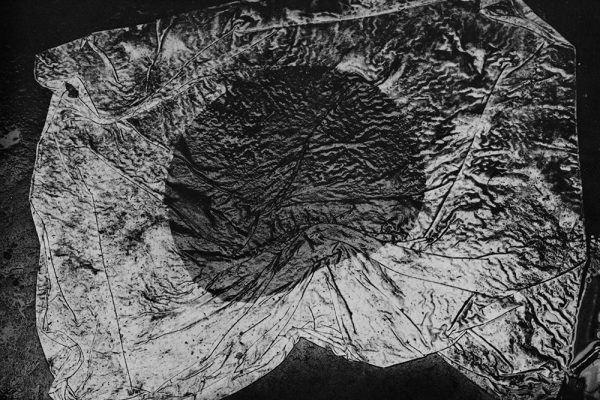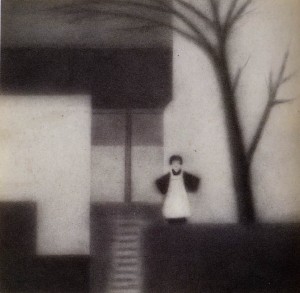Did anybody see the exhibition Berlin – Tokyo / Tokyo – Berlin at the Mori Art Museum in Tokyo or later in Berlin? I wasn’t neither able to see the exhibition in Tokyo nor at the second venue in Berlin afterwards.
The reviews in the German press were very positive (except on the contemporary part of the show), while in Japan the review at the Japan Times was quite crushing:
Berlin/Tokyo: Invitation to a car wreck
The exhibition “Tokyo-Berlin/ Berlin-Tokyo” was put together by a total of 17 curators and assistants, and looks like it. This is a dog’s breakfast of a show — although there is a lot of good art here, the total amounts to less than the sum of the parts. If there is a unifying theme, it is trepidation, the fear of putting a foot wrong.
[Quote: Monti diPietro, Japan Times]

Some better examples
While I cannot say anything about the exhibition, I found the catalogue to the exhibition very weak compared to previous exhibition catalogues about the relationship between the West and Japan. Just take for example the catalogue to a similar themed exhibition “Japan und Europa 1543-1929” which was shown in Berlin in 1993. The catalogue to “Japan und Europa 1543-1929” contains many elaborate essays and additionally detailed descriptions and comments to every piece exhibited. Or you could take the more recent exhibition catalogue “Encounters: The Meeting of Asia and Europe 1500 – 1800” (Victoria &Albert Museum, London 2004) which contains very insightful essays on the early encounters between the West and Japan. I have seen the show and I keep it in my mind as a very important contribution to our knowledge about the cultural exchange in the early stage of the contact between the Far East and Europe.












